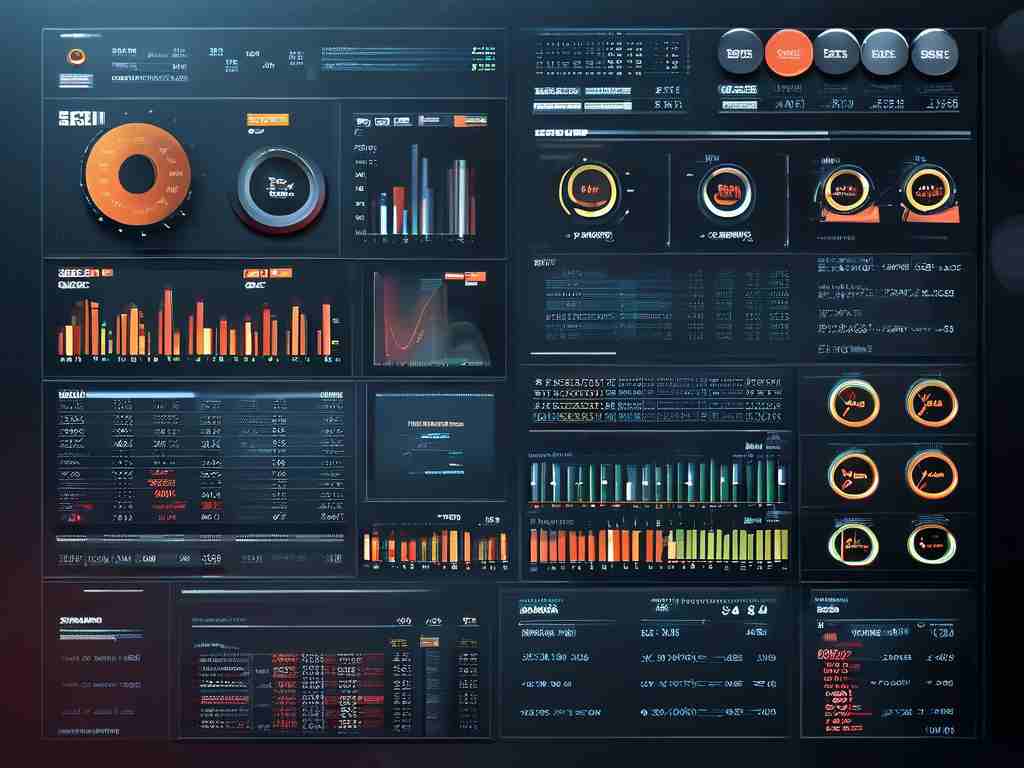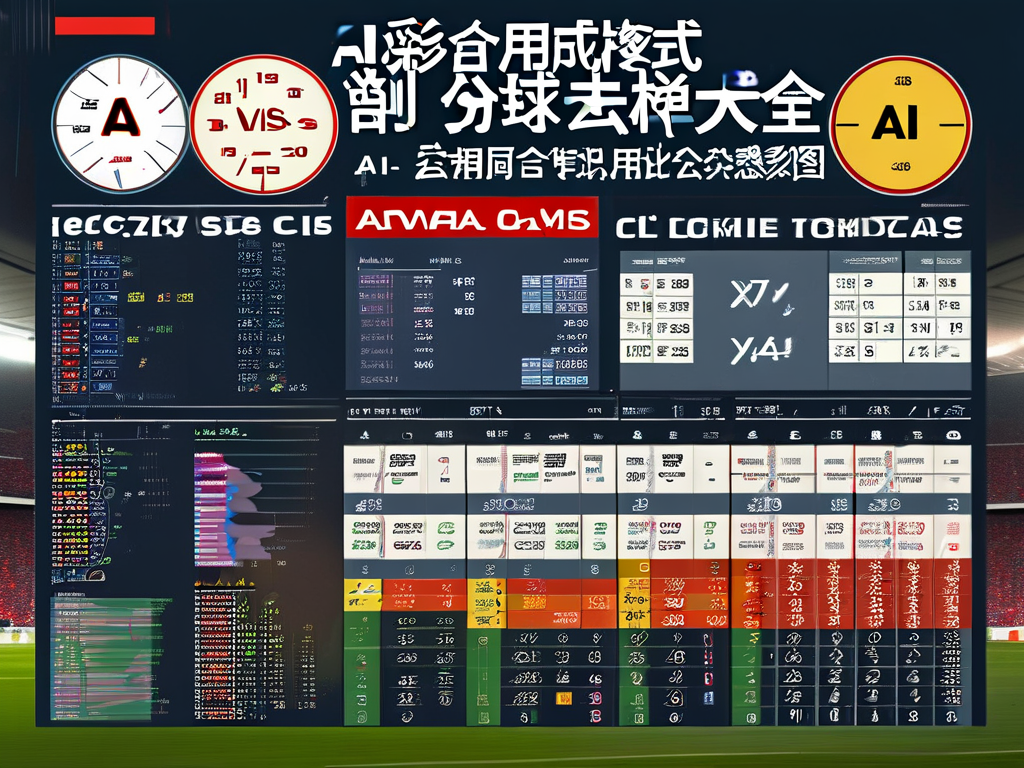In the era of data-driven decision-making, statistical algorithms serve as the backbone for extracting meaningful insights from raw data. Whether in academia, business, or technology, understanding common statistical algorithms is crucial for interpreting trends, testing hypotheses, and making predictions. This article explores widely used statistical algorithms, categorized by their applications, and explains their significance in modern analytics.

1. Descriptive Statistics
Descriptive statistics summarize datasets to highlight patterns or trends. Key algorithms include:
- Mean, Median, and Mode: These measures of central tendency describe the "average" value in a dataset.
- Standard Deviation and Variance: These quantify data dispersion, indicating how spread out values are.
- Percentiles and Quartiles: These divide datasets into segments, useful for identifying outliers.
These algorithms form the foundation of exploratory data analysis (EDA), enabling analysts to understand data distributions before applying advanced techniques.
2. Inferential Statistics
Inferential statistics generalize findings from samples to populations. Common algorithms include:
- Hypothesis Testing (t-tests, z-tests): These determine whether observed differences between groups are statistically significant.
- Confidence Intervals: These estimate population parameters (e.g., mean) with a specified probability.
- ANOVA (Analysis of Variance): This compares means across multiple groups to identify significant variations.
These methods are pivotal in scientific research, A/B testing, and quality control.
3. Regression Analysis
Regression models relationships between variables. Popular types include:
- Linear Regression: Predicts a continuous outcome based on one or more predictors.
- Logistic Regression: Classifies binary outcomes (e.g., yes/no) using predictor variables.
- Polynomial Regression: Captures non-linear relationships by fitting higher-degree equations.
Regression is widely used in economics, healthcare (e.g., predicting disease risk), and marketing (e.g., customer lifetime value).
4. Clustering Algorithms
Clustering groups similar data points. Key methods include:
- K-Means: Partitions data into k clusters based on centroid proximity.
- Hierarchical Clustering: Builds tree-like structures to represent data hierarchies.
- DBSCAN: Identifies dense regions separated by sparse areas, effective for noise detection.
Applications range from customer segmentation to genomic data analysis.
5. Classification Algorithms
Classification assigns labels to data points. Notable algorithms include:
- Decision Trees: Uses branching criteria to classify data (e.g., predicting loan defaults).
- Random Forests: Combines multiple decision trees to improve accuracy.
- Support Vector Machines (SVM): Finds optimal hyperplanes to separate classes.
These are essential in fraud detection, image recognition, and medical diagnosis.
6. Dimensionality Reduction
High-dimensional data often requires simplification. Techniques include:
- Principal Component Analysis (PCA): Transforms variables into uncorrelated components.
- t-SNE (t-Distributed Stochastic Neighbor Embedding): Visualizes high-dimensional data in 2D/3D.
Dimensionality reduction aids in visualizing complex datasets and improving machine learning efficiency.
7. Time Series Analysis
Time-dependent data demands specialized algorithms:
- ARIMA (AutoRegressive Integrated Moving Average): Forecasts future values based on past trends.
- Exponential Smoothing: Weights recent observations more heavily for short-term predictions.
These are critical in stock market analysis, weather forecasting, and inventory management.
8. Bayesian Methods
Bayesian statistics incorporate prior knowledge into analysis:
- Naive Bayes: Classifies data using conditional probabilities.
- Markov Chain Monte Carlo (MCMC): Samples complex probability distributions for Bayesian inference.
These methods excel in spam filtering and clinical trial design.
9. Resampling Techniques
Resampling evaluates model stability:
- Bootstrapping: Generates multiple samples from a dataset to estimate statistics.
- Cross-Validation: Splits data into training/testing sets to validate model performance.
Such techniques mitigate overfitting and enhance reliability.
10. Machine Learning Integration
Modern statistical algorithms often intersect with machine learning:
- Gradient Boosting (e.g., XGBoost): Optimizes predictive accuracy through iterative error correction.
- Neural Networks: Mimics human brain structures for pattern recognition.
These hybrid approaches power recommendation systems and autonomous vehicles.
Statistical algorithms are indispensable tools for transforming data into actionable knowledge. From basic descriptive metrics to advanced machine learning hybrids, each algorithm addresses specific analytical challenges. Mastery of these techniques empowers professionals to uncover hidden patterns, validate hypotheses, and drive innovation across industries. As data grows in volume and complexity, continuous learning and adaptation of these algorithms will remain critical for staying ahead in the analytics landscape.








